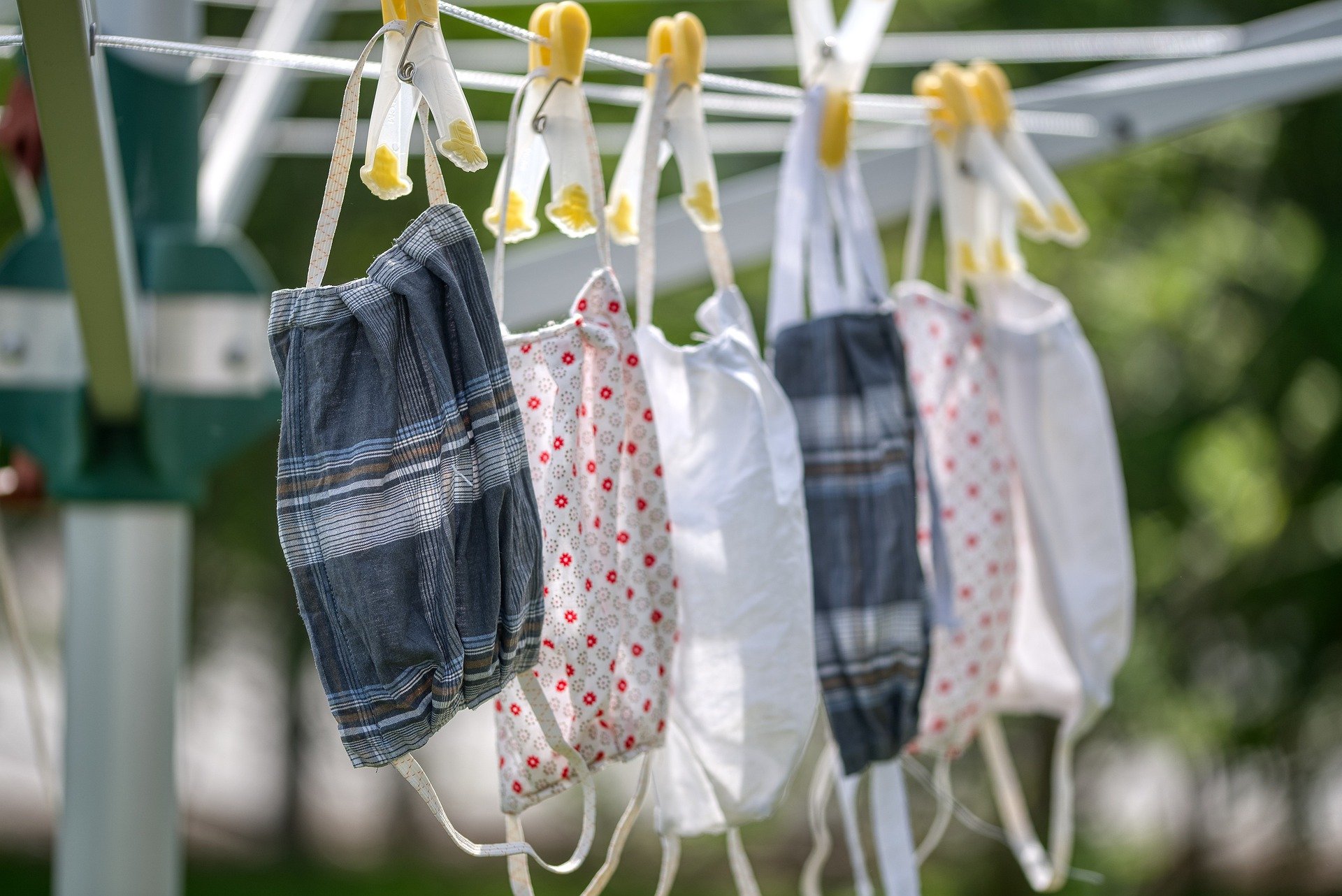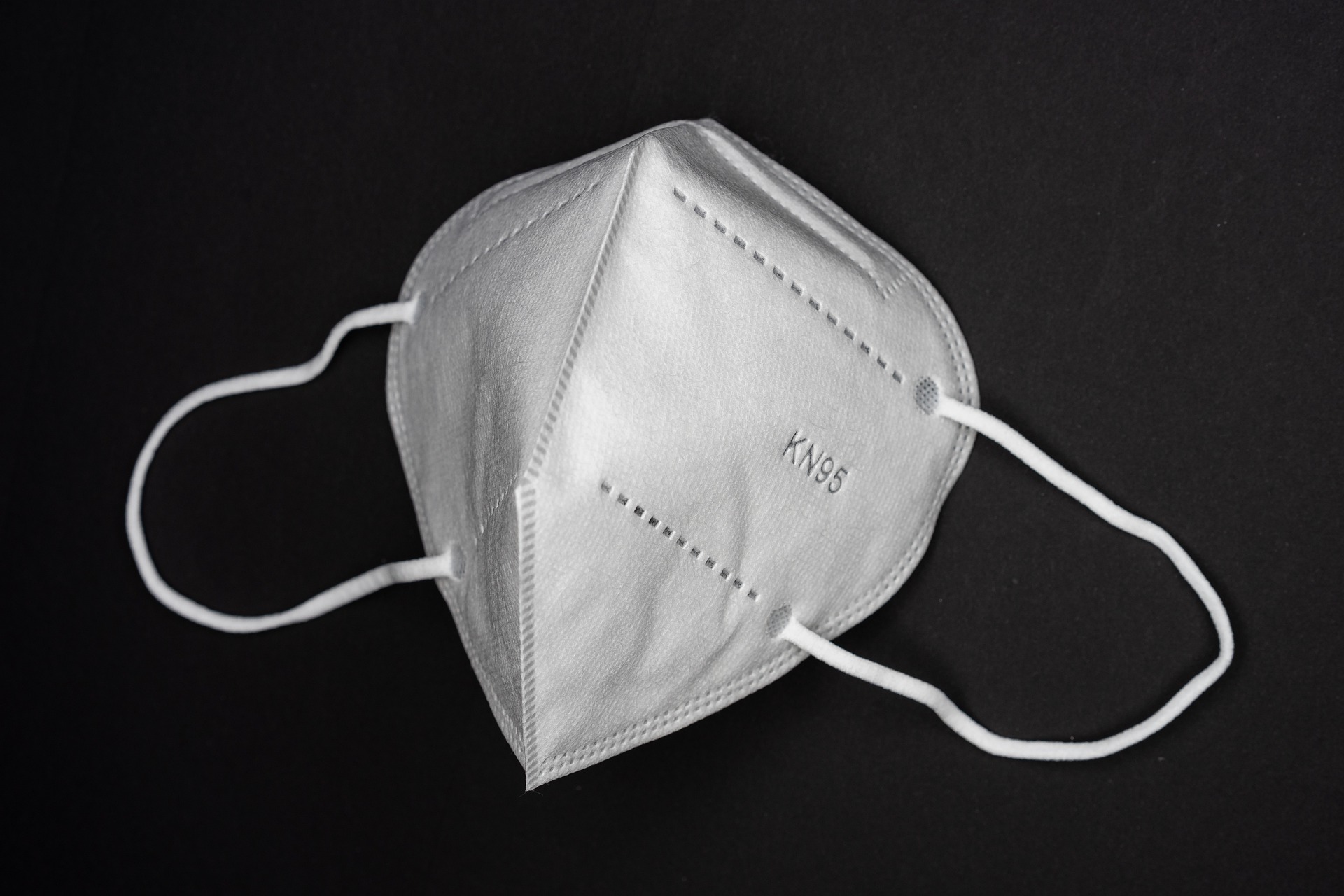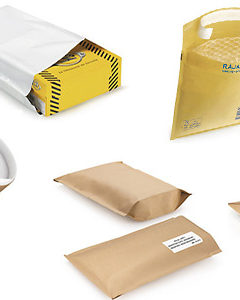We probably won’t be putting the masks away any time soon, whether we like it or not. They are one of the factors that should help us with protection from viruses.
In the spring, because of the shortage of drapes, which were mainly for paramedics and people on the front line, people used to sew drapes at home. If you still want to make some drapes for your stash, this video can help you do that:
How to dispose of drapes properly?
Used drapes should be considered hazardous infectious waste, so they should be wrapped in a microtene bag and thrown into mixed waste. It is not advisable to dispose of drapes separately in the bin. Or dispose of them in public bins.
Cloth drapes, whether purchased or home-made, are recommended to be washed at high temperatures – the minimum temperature is 60°C. After washing, dry and iron the drape, preferably with a steam iron. Drapes can also be boiled for at least 5 minutes and then dried. However, thanks to the boiling process, we do not need to iron them with a steam iron anymore.

What mouth protection is most effective?
We divide mouth guards as follows:
- A drape – surgical or cloth – unlike a respirator, primarily protects our surroundings and catches at least the largest droplets
- FFP1 respirator – has the ability to filter out 80% of particulate matter
- FFP2 respirator – captures 94% of particulate matter
- Respirator FFP3 – captures 99% of particles and are therefore particularly suitable for healthcare professionals
- Shield – used to protect the entire face and is recommended for use with a face shield or respirator















